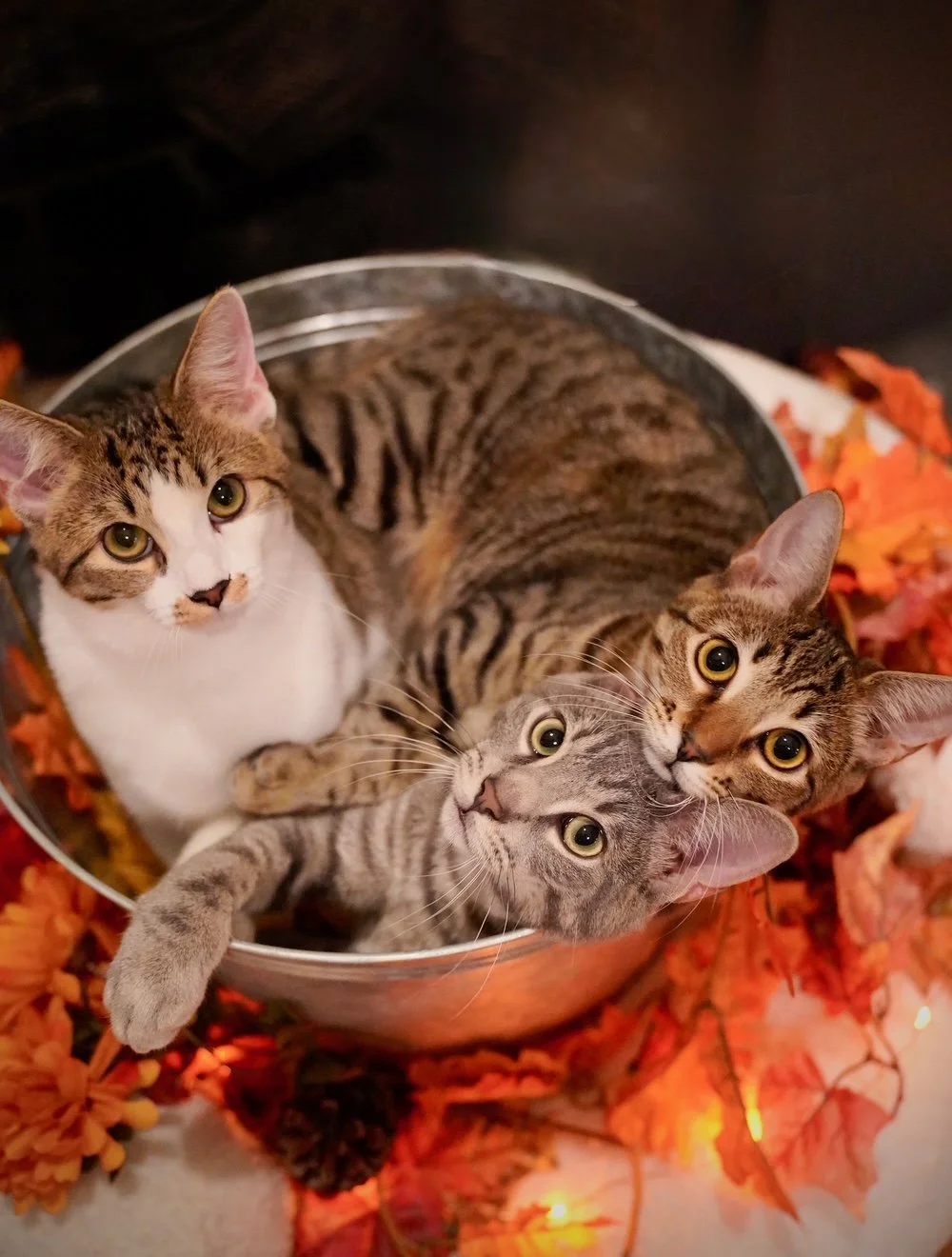Adopting a cat from SCRATCH, Inc.
Our adoptable cats and kittens are mostly the result of our Trap-Neuter-Return efforts. During the TNR process we may trap friendly cats or young kittens that will be available for adoption once proper vetting is received.
All our cats and kittens receive a high standard of vet care. Each cat receives testing for FeLV and FIV (for kittens, we test one from each litter unless mom is available in which case we will only test her) spay or neuter, dewormer, flea preventative, vaccinations for FVRCP and rabies, microchip, vet health check, high quality wet and dry food and lots of love.
An approved adoption application is required prior to meeting our cats. Once your application has been submitted and approved, one of our team members will reach out to you to schedule a meet and greet appointment which will allow you to spend quality time with our furry felines. You must be at least 24 years old to adopt and the person with whom the cat will reside must be the one that fills out the application. All information on the application is subject to verification, such as vet records, employment, personal reference, etc. Incomplete applications will not be processed.
